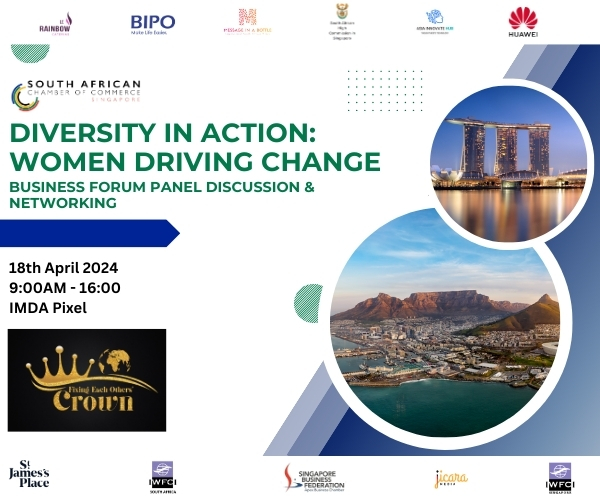South-East Asia (SE Asia) is home to various communities with different economic growth rates. According to global technology intelligence firm ABI Research, the Fixed Wireless Access (FWA) market will constitute 7.87 million subscriptions by 2028, growing at a CAGR of 13% between 2023 and 2028.
This growth may be attributed to multiple factors, such as the increasing focus on addressing the digital divide in SE Asia, the rise of 5G activities in the region, and additional service revenue streams for Communication Service Providers (CSPs). By the end of 2028, the service revenue market for FWA is estimated to be valued at US$2.23 billion.
“Fixed Wireless Access is an ideal technology to bridge the digital gap in the South-East Asian region. Serving as a holistic solution to connect the underserved populations, FWA stands out due to its rapid deployment, cost-effectiveness, and coverage adaptability by leveraging wireless technologies like 4G and 5G to provide internet access to the underserved and unserved,” says Sarah Yong, South-East Asia Digital Transformation Research Analyst at ABI Research.
The rising necessity of digital connectivity in South-East Asia accelerates the demand for broadband connectivity across the region. With countries within SE Asia such as Indonesia, the Philippines, and Malaysia having low Fixed Broadband (FBB) penetration rates of below 50%, FWA has emerged as the preferred solution.
In addition, the geographical challenges of archipelagic countries make it difficult to deploy fiber consistently across the islands. Thus, countries such as Indonesia have witnessed a growing interest in FWA services.
Aside from this, CSPs such as Telkomsel and Globe Telecom have launched 5G FWA as the next generation of FWA connectivity. 5G FWA boasts fiber-like connectivity speeds and can offer ultra-high throughput and ultra-low latency for broadband. In contrast, countries such as Singapore, Thailand, and Vietnam have widespread fiber availability, and therefore, there is less demand for FWA services.
Jake Saunders, VP for Asia Pacific, notes, “The next stage of 5G FWA in South-East Asia is using extended range mmWave. Trials between Qualcomm and Ericsson with Telkomsel in Indonesia will be key to closing the digital divide in the region. Given the mix of urban centers and hard-to-reach rural areas, extending higher-performing connectivity to those in unserved areas will be vital.
“However, it is important to consider other factors such as spectrum availability, regulatory environments, and collaborations between the private and public sector when implementing FWA initiatives.”














